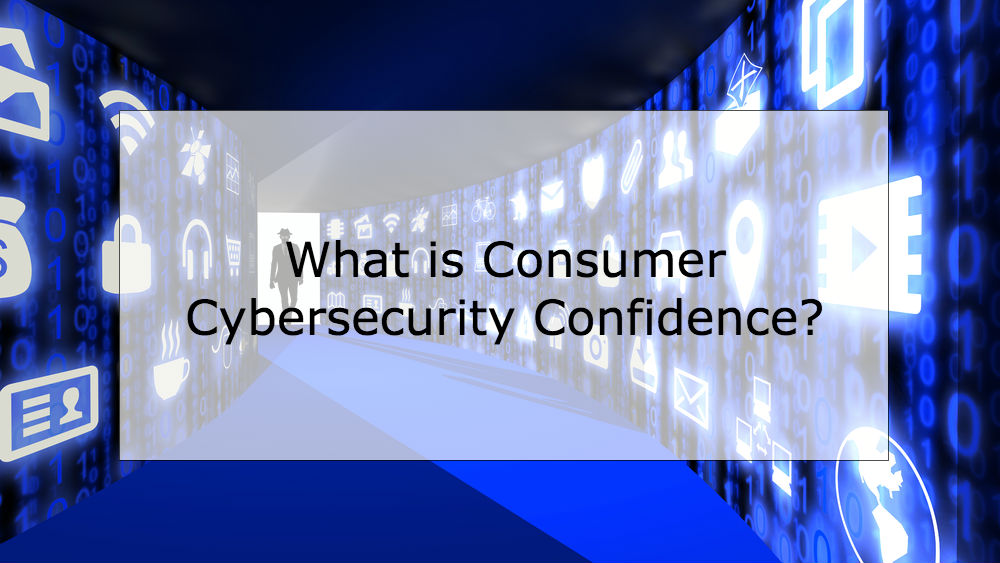
Cybersecurity… Sounds like a force of robotic security guards.
First unearthed in 1989 publications (coined then along with useful words such as “air quotes”, “eco-friendly,” “gangsta rap,” and “Generation X”), cybersecurity takes on a life of its own for ecommerce merchants and consumers who like to shop online.
Cybersecurity means, “measures taken to protect a computer or computer system (as on the Internet) against unauthorized access or attack,” per Merriam-Webster.com.
With the advent and alarming rate of mega data breaches worldwide, consumer cybersecurity confidence took a hit. Which poses a major challenge for ecommerce merchants. Consumers want and expect to enjoy a safe online experience — or they’ll buy from your competitors.
So if you want consumers to become your online customers, it pays to understand more about consumer cybersecurity confidence and ways you can build it. Let’s take a look.
How Cybersecurity Impacts Consumer Confidence
As “digital life” continues to explode, consumers seem to be online and connected all the time. Digital identities abound, with consumers logging on somewhere via laptops, desktops, and mobile devices every day. Yet they don’t always feel secure — with good reason.
“Cyberthieves are proving quite adept at using both technology and stolen payment card data to attain their ill-gotten gains.” Research and Markets published that finding in a January 2017 report titled Card-Not-Present Fraud: The Merchant Empire Strikes Back.
Recently, RSA commissioned a study of 2,100 consumers to learn more about consumer online behavior and the impacts of cyber attacks on consumer confidence. An e-book titled 2017 Consumer Cybersecurity Confidence Index shares the results, available here.
While online habits vary by generation, most consumers judged cybersecurity a high priority. Sixty percent (60%) cited password breaches as the top concern affecting their cybersecurity confidence.
As far as worries about personal information that could be lost in a data breach, passwords followed bank account/credit card data and social security numbers as top concerns.
In the first five months of 2017, the number of data breaches tracked by the Identity Theft Resource Center (ITRC) increased 35.3% over the prior year — another record year with 698 leaks exposing an estimated 10.2 million records containing personal information data.
Is it any wonder consumer cybersecurity confidence remains low?
Consumers Maintain High Expectations for Cybersecurity — While Engaging in Risky Behaviors Online
RSA’s report goes on to suggest, “It’s likely that consumer protection policies, like zero fraud liability, contribute to a disregard of appropriate identity management.”
Of survey respondents, 73% acknowledge being somewhat or very aware of the protections available to them. So they get lazy and don’t help themselves by changing their risky online behaviors.
For example, RSA found that more than one in four consistently use a single password for all sites, and 40% write their passwords on paper. Sheesh!
Ecommerce merchants know, however, that payment processing security is a required hygiene factor in today’s online environment.
Sixty-three percent of 18,430 customers surveyed by KPMG International (January 2017 study analyzing consumer online shopping preferences in 51 countries) ranked “protecting their data and information” as the most important trust factor for shopping online.
RSA confirms that consumers give banks the best grade for online cybersecurity; with 96% stating that banking websites and apps are very to somewhat secure. Four in ten consumers ranked social media websites and apps the least secure — yet they use social media daily.
Consumers are willing — and some even demand — to be “involved in choosing how their personal information and accounts are protected and 91% prefer service providers make security visible.”
Consider these options:
- Display payment authentication and digital certificate logos prominently on your ecommerce site homepage.
- Make account creation optional at checkout.
- Be transparent about personal or payment details being stored when customers choose to create an account.
Enhancing ecommerce site security and transparency can only help improve consumer cybersecurity confidence.
New Authentication Methods On the Horizon
As RSA’s Consumer Cybersecurity Confidence Index study concludes, “Despite well-known vulnerabilities associated with the long-standing user name and password combination, it is still the primary method of consumer authentication used by a majority of online providers today.”
Or, said another way: Passwords aren’t dead quite yet — but they will be in the not-too-distant future. As mobile commerce grows in popularity, consumers are growing accustomed to using new authentication methods.
Per the study, the alternative authentication security methods most acceptable to consumers are (in order of preference):
- Fingerprint recognition.
- SMS/text of a one-time passcode sent to your mobile device.
- Eye recognition.
- Facial recognition.
- Voice recognition.
Ready or not, change is coming to the online world. With change, you can expect consumer cybersecurity confidence to increase over time.
Conclusion
Consumer cybersecurity confidence grows when your website integrates the right security measures — including data protections and a secure checkout process. Good business practices and the right business partners also help ensure ecommerce business success.
Choosing the right payments partner is one of the best ways to ensure your online storefront includes strong ecommerce fraud prevention capabilities to help battle the bad guys and prevent CNP fraud. While operating costs are important, security beats cost savings every time.
Select a payments processor who’s expert in the payments industry, understands your business model, and listens carefully to your unique business needs before suggesting processing solutions.
A trusted processing partner will help your business operate successfully and grow. Because good business partners want you to succeed. At MerchACT that’s how we think, and how we operate.
Once you’re up and running, we’ll both be happy that consumers become your repeat customers — with high cybersecurity confidence.
